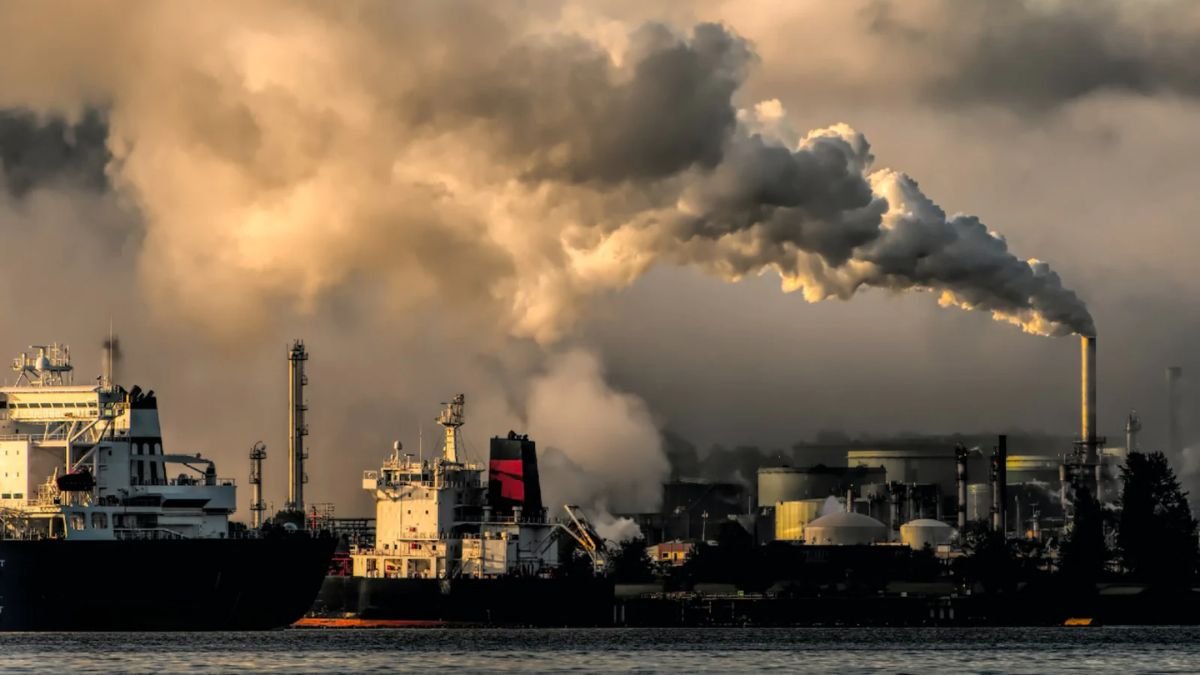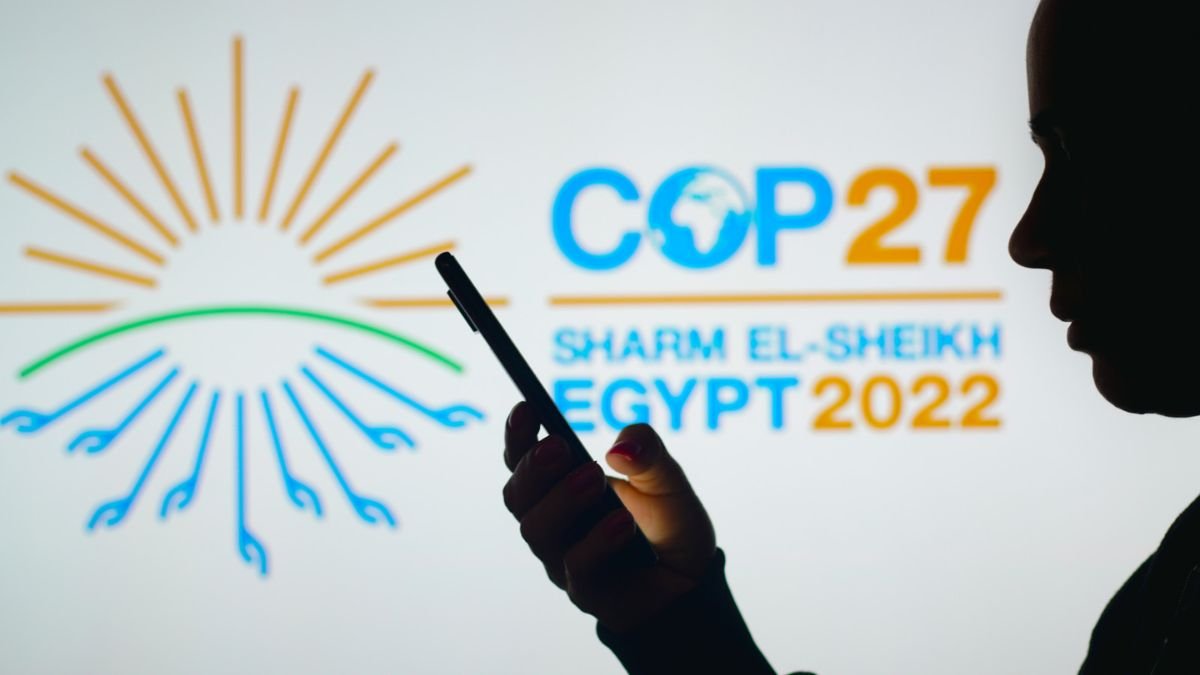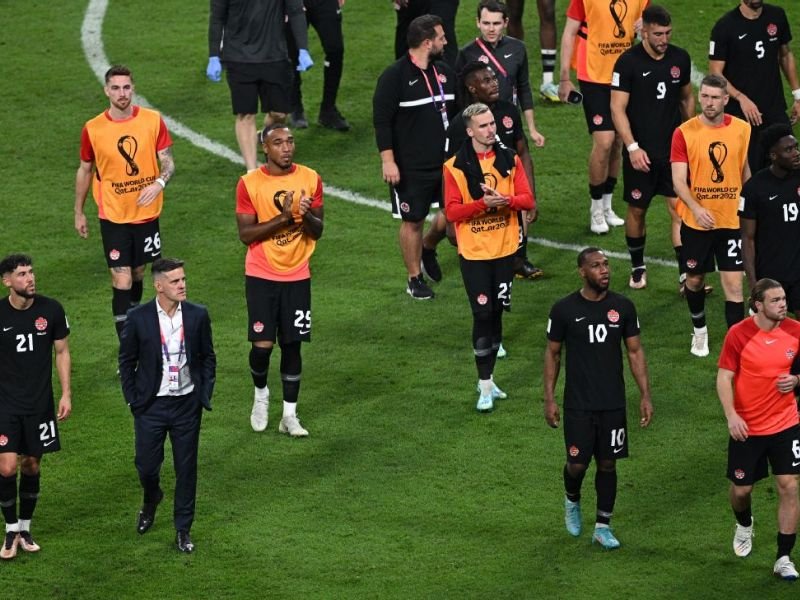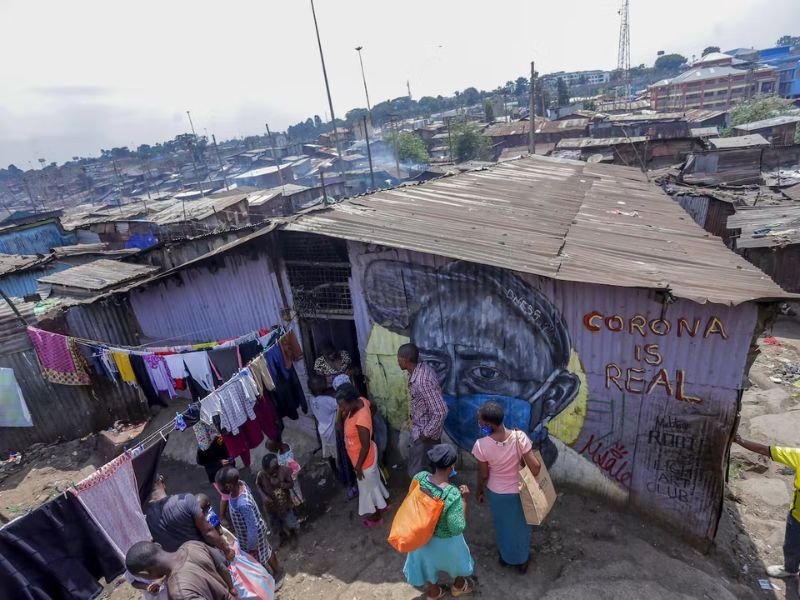Demands from developing countries for richer countries to help them pay for the harm caused by climate change and support the transition to a low-carbon future are expected to dominate the next round of global climate negotiations, which begins on Sunday in Egypt.
Banks for Development
Over the last year, state-backed development banks that finance projects to further economic and social advancement have expanded their attention on climate investments.
Climate-related financing from the world’s largest multilateral development banks climbed by 24% to $82 billion in 2021 compared to 2020 levels. According to a recent estimate, about two-thirds of the money went to low and middle-income countries.
However, the 2021 figure falls well short of the estimated finance required by emerging nations, and this year’s meeting will almost certainly include discussions about restructuring development banks to speed climate financing.
According to a research released last year by the world’s largest asset management, BlackRock, the overall need for public and private finance is $1 trillion each year.
Climate Change Fund
The multibillion-dollar Green Climate Fund, established in 2010 to disburse climate funding, is one of the mechanisms for managing the $100 billion per year pledged by affluent nations to the poor.
The subsidies are intended to help vulnerable countries adapt to a warmer world by accelerating the transition to sustainable energy. However, the failure of rich countries to achieve a 2020 deadline for generating that funding in full enraged many at COP26 and will be a major source of disagreement in Egypt.
The Organization for Economic Cooperation and Development (OECD) said earlier this year that rich countries provided $83.3 billion in 2020, falling $16.7 billion short of the aim. Rich countries have stated that they will pay the entire $100 billion by 2023.
The negotiations in Egypt will focus on setting an even greater annual objective beginning in 2025.
Funds for Climate Investment
Climate Investment Funds (CIF) are another major multilateral investor that assists low- and middle-income countries in adapting to and mitigating the effects of climate change.
It has funded over 370 initiatives in 72 countries since 2008, using monies from donor governments and the business sector.
The work of CIF to finance climate adaptation – assisting countries and people in living with and adapting to the effects of climate change – is possibly the most significant for this year’s COP27.
According to the think tank Climate Policy Initiative (CPI), $46 billion in adaptation money was supplied in 2019-2020, but this is only a fraction of the $340 billion needed annually for adaptation in developing countries by 2030, as anticipated by the United Nations. A lack of common effect measurements, projected lesser returns, and highly localised projects are all barriers to investment.
Finance in combination
Blended finance, which aims to attract private investors to invest in riskier projects by combining them with funds from concessional sources such as development financing organisations, is considered as a strategy to scale finance to emerging nations.
Climate-related flows, on the other hand, decreased 60% to $14 billion in 2019-2021 from $36.5 billion in 2016-2018, according to a recent research by data tracker Convergence.
Funds for loss and damage
The problem of providing financing for “loss and damage” – climate-related destruction to homes, infrastructure, and livelihoods in the poorest countries that have contributed the least to global warming – has been prioritised by Egypt as a primary topic for this year’s meeting.
It will be the first time the topic has been officially brought to the agenda, as wealthier countries have generally avoided adopting a finance system that could imply culpability for climate damage.
The United States and the European Union, on the other hand, are wary of creating a specific L&D fund, with Washington preferring to use other pools of money to help, as well as restructuring multilateral development banks to provide greater assistance.
Swapping debt for nature
Developed market countries have lent billions of dollars to emerging market countries, which might be wiped off, reduced, or repaid under more environmentally friendly terms. While not a direct financial transfer, such debt forgiveness could include criteria for safeguarding natural resources, for example.
Governments see debt-for-nature swaps as a means to promote climate change action, improve the natural environment, and support green growth in developing countries.
Belize exchanged a commitment to maintain the northern hemisphere’s largest barrier reef for much-needed debt relief last year in order to help conserve some of the world’s most fragile marine ecosystems.
However, examples of debt forgiveness tied to environmental obligations are rare, and progress in reaching new agreements has been gradual.
Markets for carbon

Many emerging market countries are also banking on the still-developing market for carbon credits, both between nation-states and between countries and enterprises looking to offset some of their carbon emissions.
A credit could be earned by, for example, pledging to repair degraded land or preventing the destruction of a rainforest.
While some activists have criticised the practise for allowing firms to avoid making difficult decisions to stop emitting in the first place, the market may give a method for cash-strapped yet nature-rich countries to generate revenue.
Don’t Forget To Follow Us On Facebook | Instagram | Twitter | LinkedIn To Get The Latest Updates From Cape Town Tribune










